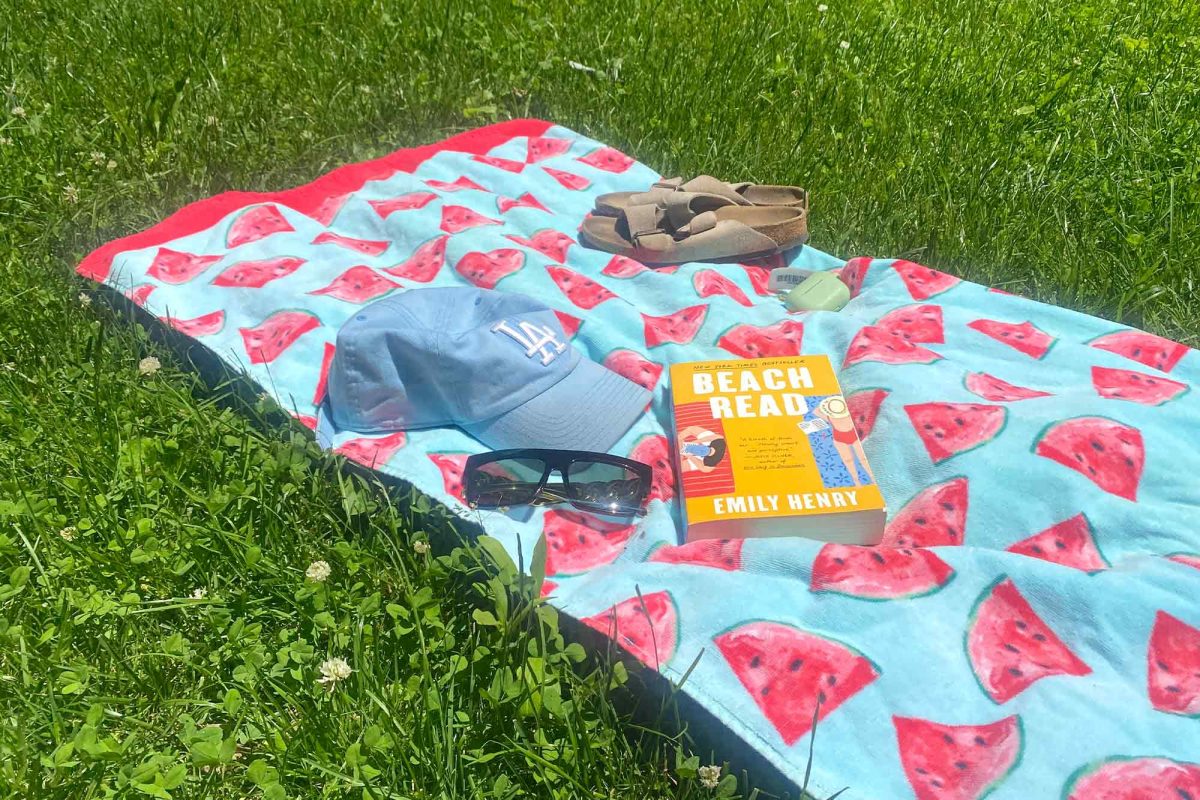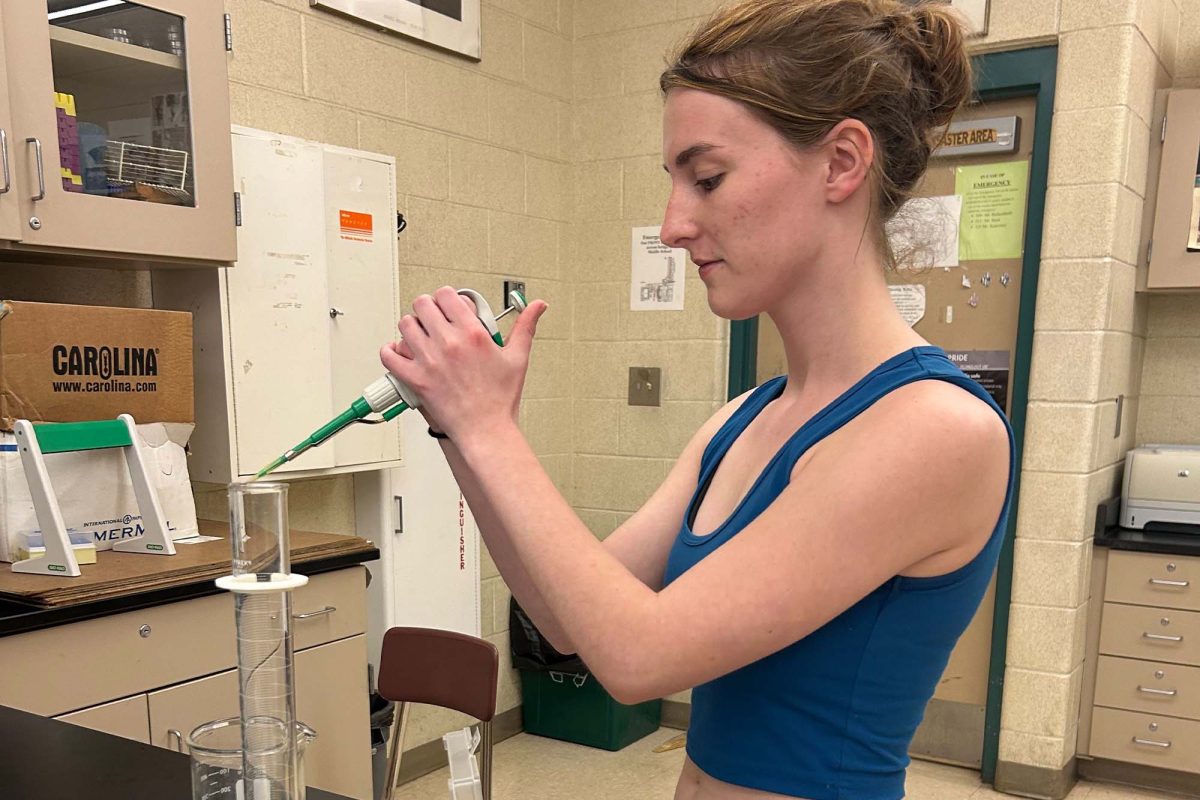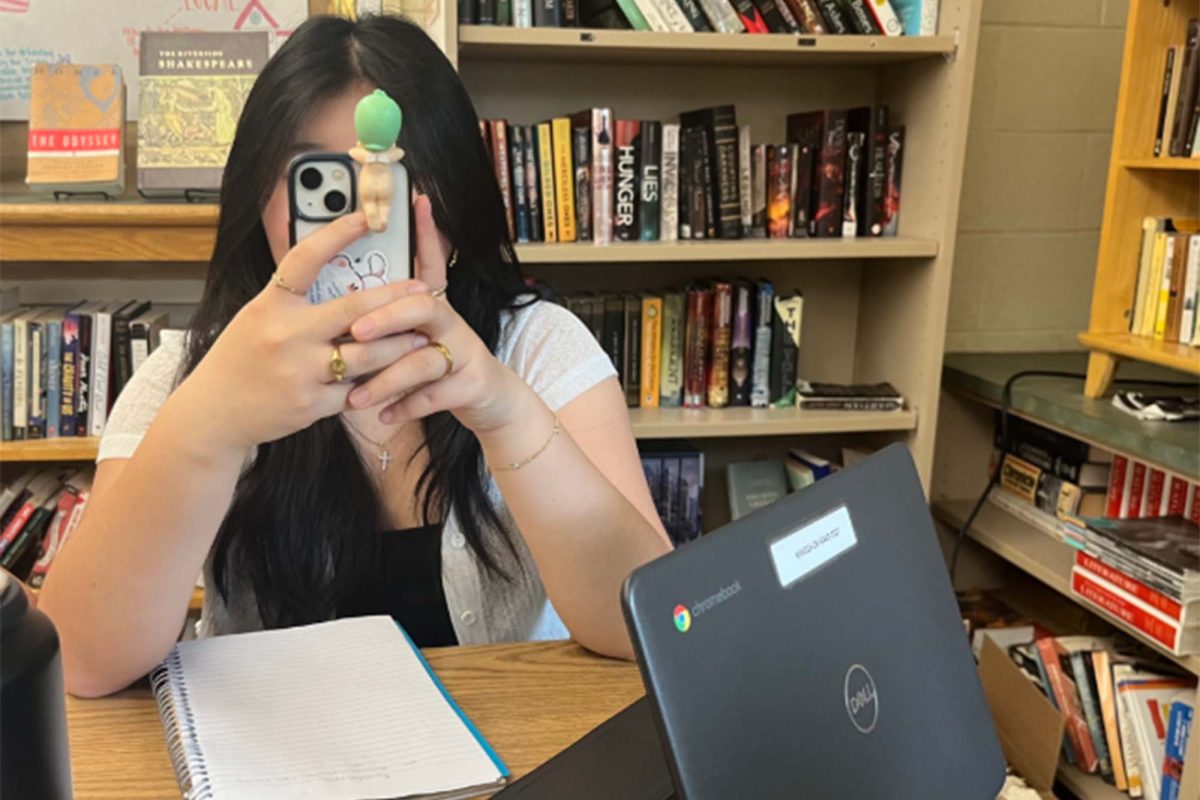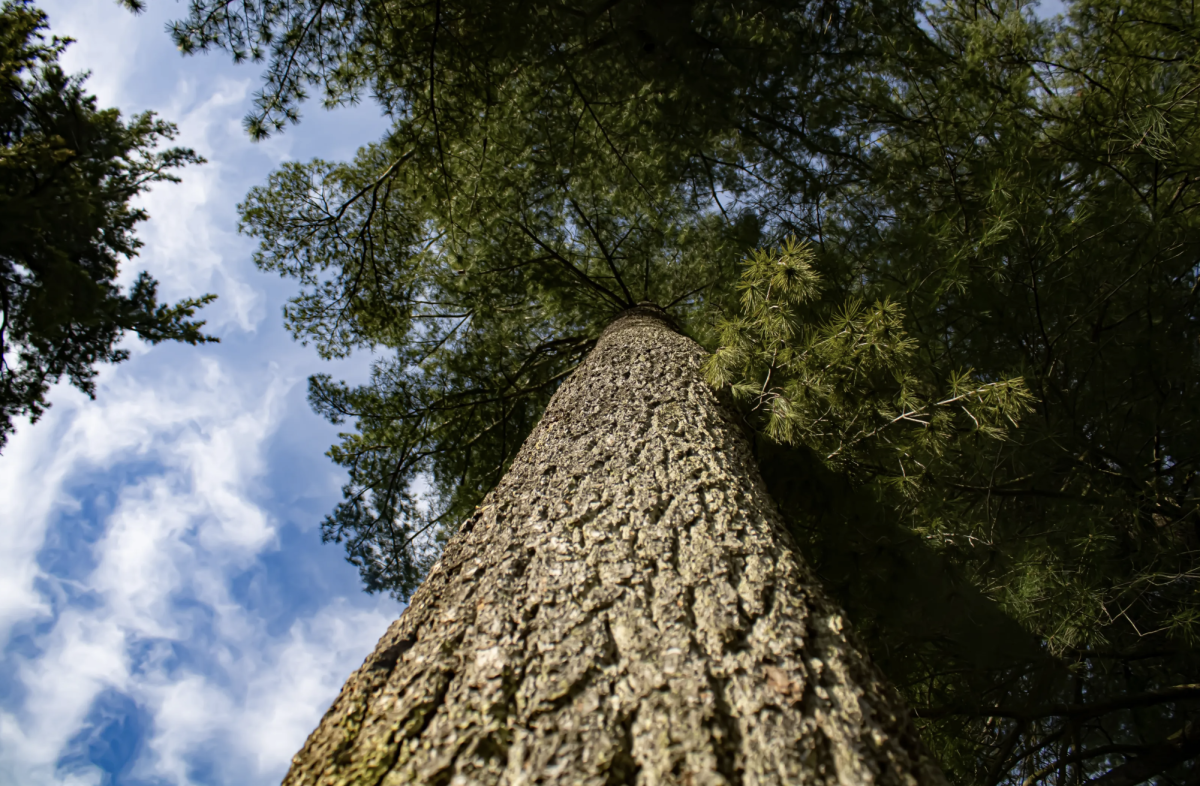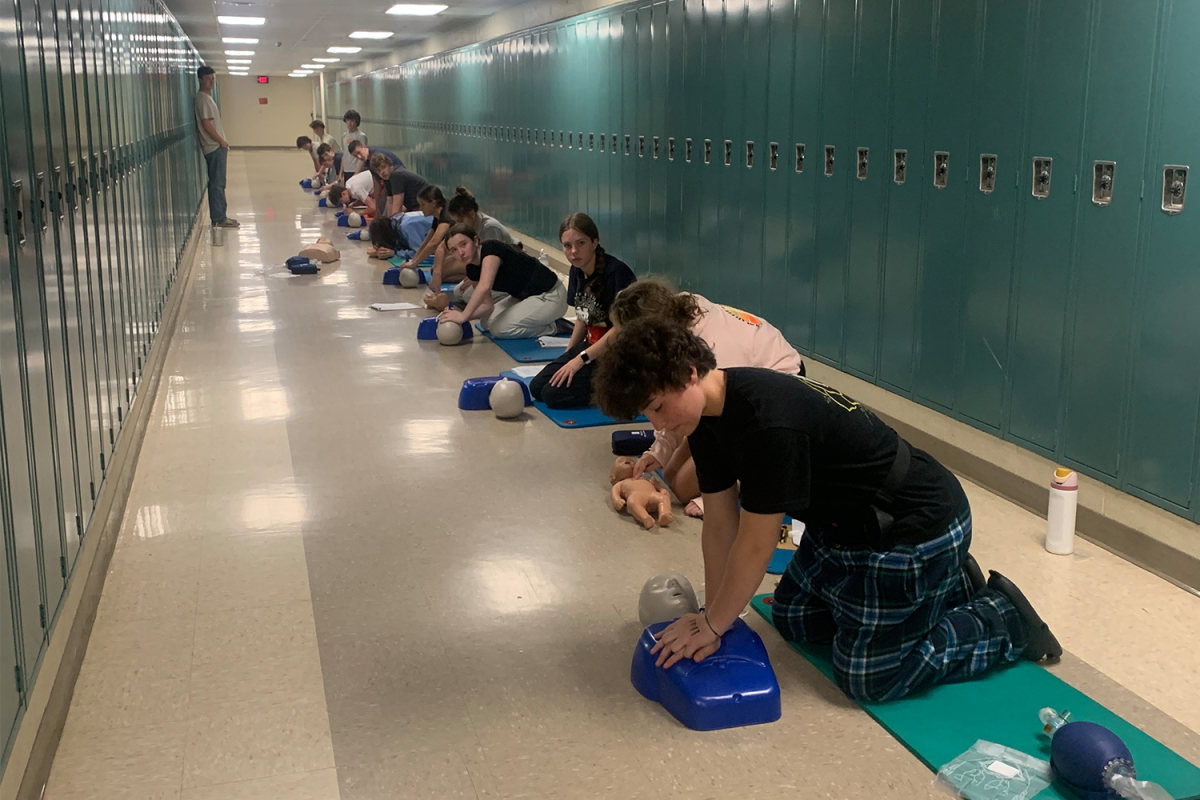The mpox virus, first observed in primates, has recently been creeping its way into the human population.
Mpox is an illness caused by the monkeypox virus, which is in the same family as smallpox. The World Health Organization changed the name to mpox in November 2022, stating that the original name for the virus could be construed as stigmatizing.
According to the World Health Organization, mpox is an infectious disease that can cause a painful rash, enlarged lymph nodes, fever, headache, muscle ache, back pain and low energy. The disease spreads through close contact, but is not respiratory. Although most people fully recover, the illness can be serious.
Biotechnology teacher Timothy Styer explains that when mpox is first caught, pustules develop on the body, leading to high fever.
There are two known strains of mpox known as clade I and clade II. Clade II, which is less serious, caused an ongoing global outbreak in 2022, and has resulted in over 100,000 cases in 122 total countries.
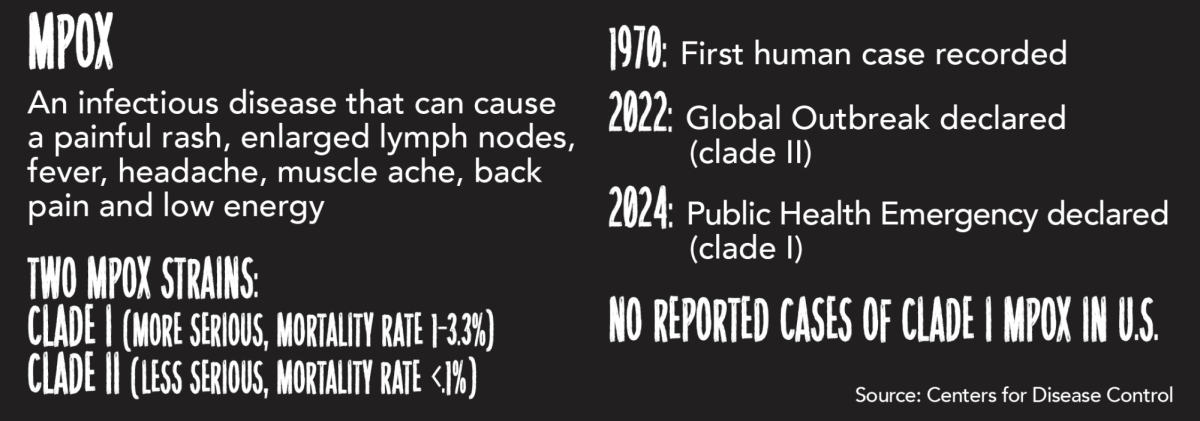
As of September 2024, outbreaks of clade I mpox have been identified in Central and Eastern Africa. There have been no reported cases of clade I mpox in the U.S., according to the Centers for Disease Control and Prevention (CDC).
The World Health Organization announced mpox as a global health emergency in mid-August, causing panic on social media, with numerous student posts expressing fright for lockdowns that could threaten the functioning of the school year.
The CDC assures no schools have closed due to mpox, yet on certain social media platforms, false claims of lockdowns have been spread.
“Misinformation gets people anxious about going out in public which causes more chaos,” sophomore Lindsey Micklin said.
However, Styer confirms that since mpox is primarily spread through contact, a lockdown situation is improbable.
“Lockdowns will not occur for something that’s not respiratory. You will not see the same kind of preventative measures that happened with COVID,” Styer said.
Not just that, but, unlike COVID-19, the roots of monkeypox provide enough information for the disease to be shut down before any pandemic-like acceleration. Since mpox is in the same family as smallpox, earlier research on smallpox helped make a vaccine against mpox.
“We didn’t know anything about COVID. We had to figure it out while in lockdown, so we were behind. With monkeypox, there already is a strong foundation of research,” Styer said.
Such a foundation eliminates the need for lockdowns, which benefits the school community who, as a whole, struggled a lot during the COVID-19 lockdown.
“During COVID, it was a lot harder to learn, just being on the computer the whole time and not in person,” Micklin said. “Now it’s still affecting me because all of us have shorter attention spans since we’re used to being on our screens all day.”
Even though the chances of an outbreak are slim, our school has a plan for what to do if the virus seems to be accelerating.
“We would take the same general precautions that we would take for any outbreak, including deep cleaning the school, helping the health department with contact tracing, universal precautions like masking or gloves if needed, educating the school community, and, especially for monkeypox, it would be worth it to set up handwashing stations,” school nurse Mrs. Sarah Fleming said.
Overall, the most important thing to do is stay educated on the disease as it evolves.
When mpox was first introduced to the human population, clade I mpox had a mortality rate of up to 10 percent. Now, clade I has a much lower death rate of 1-3.3 percent, while 99.9 percent of people survive clade II.
As time goes on, Styer predicts the virus will become a little more contagious, yet will decrease in mortality rate.
“Almost every cold you’ve had was a previous pandemic that wiped out a lot of people,” Styer said. “Now it’s settled into becoming normal in our lives. Monkeypox will do the same thing.”




